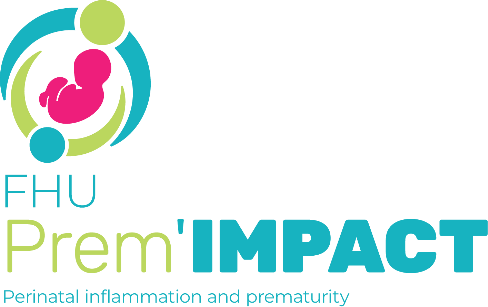Obstet Gynecol. 2020 Jun;135(6):1435-1443. doi: 10.1097/AOG.0000000000003862.
Abstract
Objective: To assess neonatal morbidity and mortality according to whether cephalic second twins were born after internal version followed by total breech extraction or after instructions to push. We hypothesized that interval version would result in shorter intertwin delivery intervals and lower cesarean delivery rates for the second twin and therefore better neonatal outcomes.
Methods: These planned analyses of the JUMODA (JUmeaux MODe d’Accouchement) cohort, a national prospective population-based study of twin deliveries, examined births of cephalic second twins after vaginal birth of the first twin at or after 32 weeks of gestation. The internal version group of second twins born in breech presentation after obstetric maneuvers was compared with the pushing group, comprising those born in cephalic presentation. The primary outcome was a composite of neonatal morbidity and mortality. Multivariate modified Poisson regression models were used to control for potential confounders.
Results: Of 2,256 cephalic second twins, 487 (21.6%) were born in breech presentation after internal version and total breech extraction and 1,769 (78.4%) in cephalic presentation after pushing. Composite neonatal morbidity and mortality was not lower in the internal version (17/487 [3.5%]) compared with the pushing group (38/1,769 [2.1%]; adjusted relative risk [aRR] 1.73 [95% CI 0.98-3.05]), although median [quartile 1-quartile 3] intertwin delivery intervals were shorter (5 [4-8] vs 8 [5-12] minutes, P<.001) and the cesarean delivery rate for the second twin lower (5/487 [1.0%] vs 66/1,769 [3.7%], P=.002). Subgroup analyses showed no difference between groups at or after 37 weeks of gestation but higher composite neonatal morbidity and mortality after internal version before 37 weeks (14/215 [6.5%] vs 26/841 [3.1%]; aRR 2.18 [95% CI 1.15-4.13]). Secondary analyses according to center expertise in the overall population and stratified by gestational age yielded concordant results.
Conclusion: Although our sample size precluded a robust assessment for small differences in outcomes between groups, internal version followed by total breech extraction of cephalic second twins was not associated with better neonatal outcomes than pushing.
